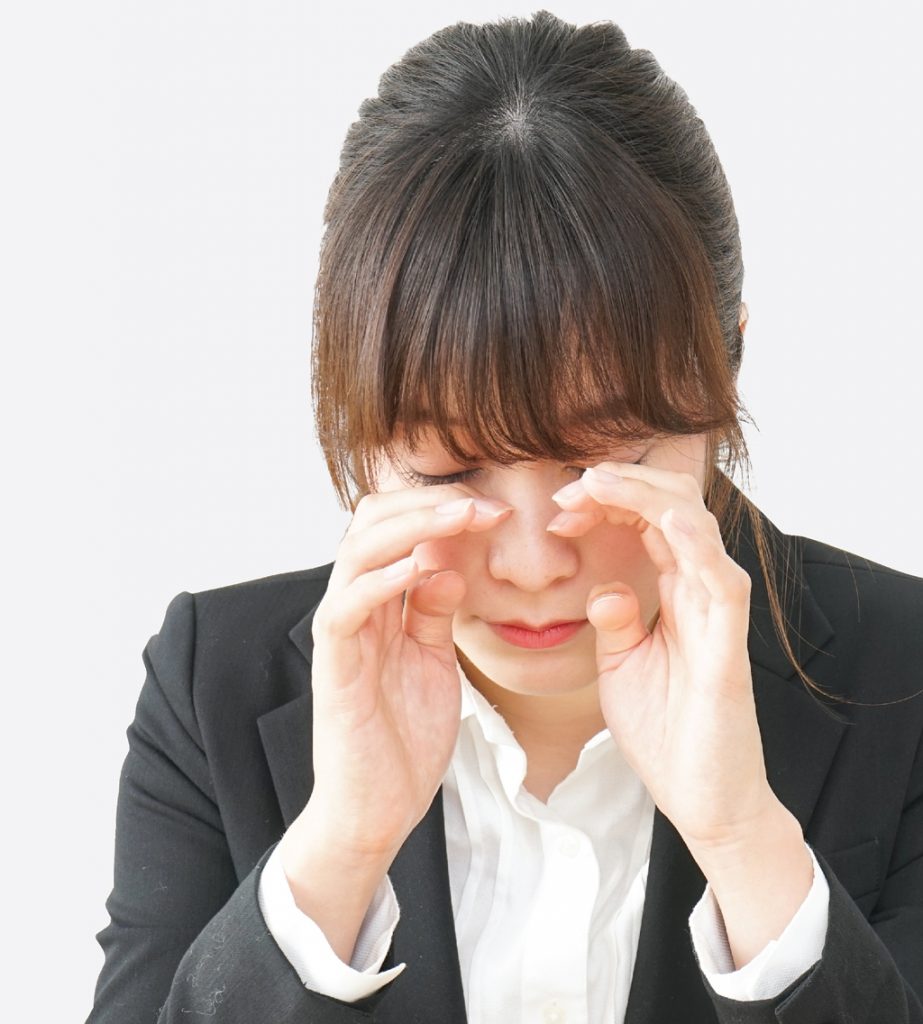
Sjogren’s syndrome typically affects women more than men. Most patients are also over the age of 40. Learn more about the condition that once forced tennis great Venus Williams into temporary retirement.
Sjogren’s syndrome is named after Swedish eye doctor Henrik Sjogren, who first identified the disorder in 1933. The condition often accompanies other immune system disorders, such as rheumatoid arthritis and lupus. It is rarely life-threatening, but patients presenting with the more severe form may face complications affecting other organs, such as the lungs, heart, kidneys, liver and nerves.
What Is Sjogren’s Syndrome?
Sjogren’s syndrome is a chronic autoimmune disorder that causes the body’s immune system, which normally protects us from pathogens, to start attacking glands responsible for moisture production, especially the ones producing tears and saliva.
The condition sometimes affects other parts of the body, causing rashes, pain in the joints, as well as inflammation of the blood vessels and vital organs, such as the lungs and kidneys.
Types of Sjogren’s Syndrome
Sjogren’s syndrome is classified into two major categories:
- Primary – The condition occurs on its own without the presence of other underlying autoimmune disorders.
- Secondary – The condition occurs in conjunction with other connective tissue disorders, such as rheumatoid arthritis and lupus.
Signs and Symptoms
Symptoms of Sjogren’s syndrome take a long time to develop; they usually evolve over time as well. These symptoms vary among patients. One may experience just one or two, while another may present many. By far, the most frequently occurring symptoms are:
- Dry eyes – Unusual dryness with or without a burning, itchy sensation; mild blurring and light sensitivity; mucus discharge from eyes; swollen eyelids
- Dry mouth – Dry, sticky, burning feeling; difficulty talking, chewing food and swallowing; dry cough
Other symptoms that patients may display include:
- Joint and muscle pain
- Swollen saliva glands between the jaw and ears
- Dental cavities
- Fungal infection in the mouth
- Dry skin
- Extreme fatigue
Diagnosis
Proper diagnosis of Sjogren’s syndrome can pose a challenge, as signs and symptoms can differ among patients and can mimic those caused by other diseases. It takes an average of six years from the onset of the first symptom to accurately diagnose the condition.
Sjogren’s syndrome is often diagnosed using blood tests, imaging tests, a salivary flow rate test, and eye exams such as Schirmer’s test to measure tear production. A salivary gland biopsy may also be carried out to aid in the diagnosis. Treatment methods vary, depending on the severity of the patient’s condition and parts of the body affected.
Treatment
The treatment modality for Sjogren’s syndrome is based on the body parts affected. Many people manage dry eye and dry mouth by using over-the-counter eyedrops and sipping water more frequently for hydration. But some people need prescription medications or even surgical procedures.
Medications – Depending on the symptoms, the doctor may suggest medications that:
- Lessen eye inflammation – Prescription eyedrops such as cyclosporine or lifitegrast may be recommended for moderate to severe dry eyes.
- Increase production of saliva – Drugs such as pilocarpine can boost production of saliva and, sometimes, tears. Side effects of these drugs include sweating, abdominal pain, flushing, and frequent urination. Saliva substitutes are often more effective than plain water as they contain a lubricant to help the mouth stay moist longer.
- Tackle specific complications – If a patient develops symptoms of arthritis, non-steroidal anti-inflammatory drugs (NSAIDs) or other arthritis medications may benefit. Oral yeast infections should be treated with antifungal medications.
- Treat systemic symptoms Systemic – Anti-inflammatory or immunosuppressive medications such as steroids or hydroxychloroquine may benefit certain patients with joint pains and other extra glandular disease, although these are typically not used for the treatment of dry eyes or mouth alone.
Surgery – A minor procedure to close the tear ducts that drain tears from your eyes (punctal occlusion) may help relieve dry eyes. Collagen or silicone plugs are inserted into the ducts to help prevent tears from draining away.







